Description
What is a Patch Antenna Outdoor UWB Antenna For Wireless Applications?
The Indoor-outdoor UWB Antenna CTRF-ANTENNA-UWB-1109053-300600-SMA Patch Antenna Outdoor UWB Antenna For Wireless Applications is an indoor-outdoor antenna with an extra-wide band 3000-6000MHz frequency folded rubber duck antenna SMA standard connector antenna manufactured by C&T RF Antennas Inc.
C&T RF Antennas Inc. is the indoor UWB antenna, and outdoor UWB antenna company, the leading ultra wide-band antenna manufacturer in China.
C&T RF Antennas Inc provides internal & external antennas with antenna radio frequencies such as NFC, 169MHz, 230MHz, 315MHz, 433MHz, 868MHz, 915MHz, VHF&UHF, Lora, NB-IoT, ADS-B, GSM, GNSS, GPRS, 1.2 GHz, 1.4 GHz, 1.8 GHz, Wi-Fi 2.4 GHz, 5.8 GHz, Cellular 2G, 3G, 3.5 GHz, 4G LTE, GPS, 5G NR, 6G, etc.
C&T RF Antennas Inc. provides RF antennae with Omni & Directional antenna types such as Dipole Antennas, Whip Antennas, Marine Antennas, Router Antennas, MIMO Antennas, Combo Antennas, PCB Antennas, FPC Antennas, Spring Antennas, Magnetic Antennas, Sector Antennas, Yagi Antennas, and Accessories, etc, for IoT & M2M industries.
Contact us for the Indoor-outdoor UWB Antenna datasheet, Indoor-outdoor UWB Antenna pricing, Indoor-outdoor UWB Antenna inventory, or other Indoor-outdoor UWB Antenna types.
Indoor-outdoor UWB Antenna Specifications
Indoor-outdoor UWB Antenna Electrical Specifications |
|
| RF Antenna Type | Patch Antenna |
| Model | CTRF-ANTENNA-UWB-1109053-300600-SMA |
| Frequency | 3000-5000MHz, |
| Gain | 7.5dBi |
| VSWR | ≤3.0 |
| Impedance | 50Ω |
| Polarization | Vertical/Linear |
| Connector | SMA |
| Lightning Protection | DC-Ground |
| Max Power | 50W |
| Humidity | 20% to 95% |
Indoor-outdoor UWB Antenna Mechanical Specifications |
|
| Housing Dimension | 110x90x53x15mm |
| Weight | Approx. 20g |
| Radome Material | Plastic ABS |
| Operation Temperature | -40˚C ~ +75˚C |
| Storage Temperature | -40˚C ~ +80˚C |
| Finished Antenna Color | Black |
| Antenna Form | Passive |
| Mounting | Screw |
| Safety Emission and other | RoHS Compliant |
Technical characteristics of UWB
High transmission rate and large space capacity
According to the Shannon channel capacity formula, in the additive white Gaussian noise (AWGN) channel, the upper limit of the error-free transmission rate of the system is:
C=B×log2(1+SNR)
Among them, B (unit: Hz) is the channel bandwidth, and SNR is the signal-to-noise ratio.
In the UWB system, the signal bandwidth B is as high as 500MHz~7.5GHz. Therefore, even if the signal-to-noise ratio (SNR) is very low, the UWB system can achieve transmission rates of hundreds of megabytes to 1Gb/s over a short distance.
For example, if a 7 GHz bandwidth is used, even if the signal-to-noise ratio is as low as -10 dB, its theoretical channel capacity can reach 1 Gb/s.
Therefore, it is very suitable to apply UWB technology to short-distance high-speed transmission occasions (such as high-speed WPAN), which can greatly increase the space capacity.
Theoretical research shows that the achievable space capacity of WPAN based on UWB is 1 to 2 orders of magnitude higher than the current WLAN standard IEEE 802.11.a.
Suitable for short-distance communication
According to FCC regulations, the radiable power of the UWB system is very limited. The total radiated power in the 3.1GHz to 10.6GHz frequency band is only 0.55mW, which is much lower than the traditional narrowband system.
As the transmission distance increases, the signal power will continue to attenuate. Therefore, the received signal-to-noise ratio can be expressed as a function of the transmission distance SNRr (d).
According to Shannon’s formula, channel capacity can be expressed as a function of distance
C(d)=B×log2[1+SNRr(d )]
In addition, ultra-wideband signals have extremely rich frequency components. As we all know, wireless channels exhibit different fading characteristics in different frequency bands.
As the transmission distance increases, high-frequency signals decay extremely fast, which causes distortion of UWB signals, which seriously affects system performance.
Studies have shown that when the distance between the transceivers is less than 10m, the channel capacity of the UWB system is higher than that of the WLAN system in the 5GHz band, and when the distance between the transceivers exceeds 12m, the advantage of the UWB system in channel capacity will no longer exist.
Therefore, the UWB system is particularly suitable for short-distance communication.
Good coexistence and confidentiality
Due to the extremely low radiation spectral density of the UWB system (less than -41.3dBm/MHz), for traditional narrowband systems, the spectral density of UWB signals is even as low as the background noise level, and the interference of UWB signals to narrowband systems can be regarded as broadband white noise.
Therefore, the UWB system and the traditional narrowband system have good coexistence, which is very beneficial to improving the utilization rate of the increasingly tight wireless spectrum resources.
At the same time, the extremely low radiation spectrum density makes UWB signals very concealed and difficult to intercept, which is very beneficial to improving the confidentiality of communications.
Strong multipath resolution and high positioning accuracy
Because UWB signals use narrow pulses with extremely short duration, their time and space resolution capabilities are very strong.
Therefore, the multipath resolution of UWB signals is extremely high. The extremely high multipath resolution capability gives UWB signals high-precision ranging and positioning capabilities.
For communication systems, the multipath resolution of UWB signals must be analyzed dialectically. The time selectivity and frequency selectivity of the wireless channel are the key factors that restrict the performance of the wireless communication system.
In a narrowband system, indistinguishable multipaths will cause fading, while UWB signals can separate them and combine them with diversity reception technology.
Therefore, the UWB system has a strong anti-fading ability. However, the extremely high multipath resolution of UWB signals also leads to serious time dispersion (frequency selective fading) of signal energy, and the receiver must sacrifice complexity (increasing diversity) to capture enough signal energy.
This will pose severe challenges to receiver design. In the actual UWB system design, the signal bandwidth and receiver complexity must be compromised to obtain an ideal cost performance.
Small size, low power consumption
The traditional UWB technology does not require a sinusoidal carrier, the data is modulated and transmitted on a nanosecond or sub-nanosecond baseband narrow pulse, and the receiver uses a correlator to directly complete signal detection. The transceiver does not require complex carrier frequency modulation/demodulation circuits and filters.
Therefore, the system complexity can be greatly reduced, and the volume and power consumption of the transceiver can be reduced. The FCC’s new definition of UWB has increased the difficulty of implementing carrier-free pulse shaping to a certain extent.
However, with the development of semiconductor technology and the continuous emergence of new pulse generation technologies, UWB systems still inherit the traditional UWB’s small size and low power consumption. Features.

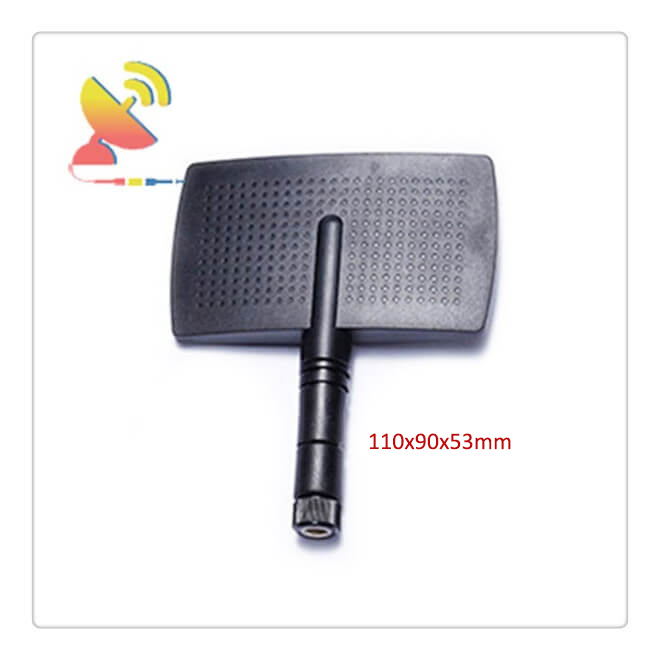
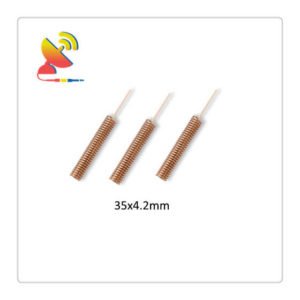
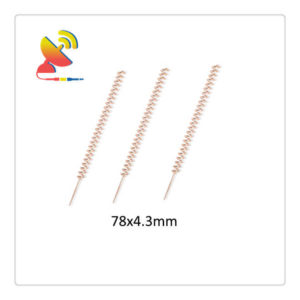
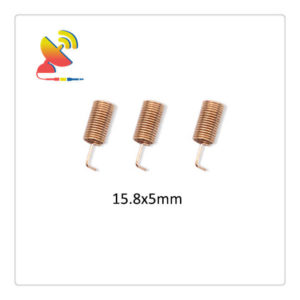
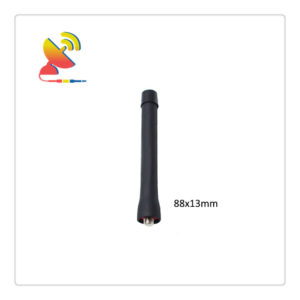
Reviews
There are no reviews yet.